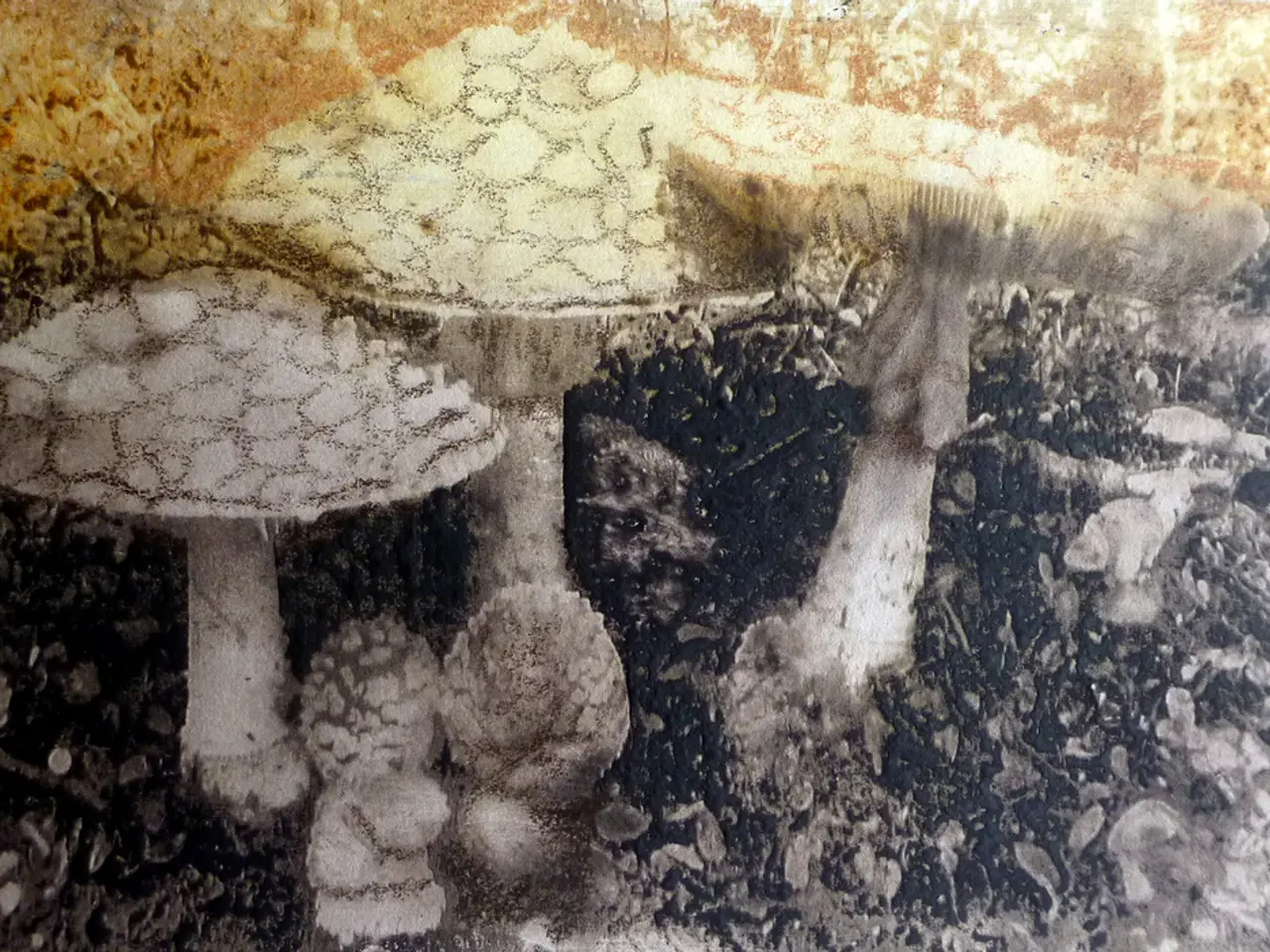Consuming Wild Mushrooms: No Harm from Radioactivity
The Federal Office for Radiation Protection (BfS), based in Salzgitter, has recently released a comprehensive report detailing the Cesium-137 values of various wild-growing mushroom species. This report, which is based on data collected between 2022 and 2024, may have significant implications for the regulation of wild-growing mushrooms sold commercially.
The report aims to inform the public about the Cesium-137 levels in different wild-growing mushroom species, providing a valuable resource for those who enjoy foraging for their own food. The BfS report includes specific readings for species such as the Giant Puffball, Field Mushroom, and Horse Mushroom, which were found to contain less than five Becquerel of Cesium-137 per kilogram of fresh weight during the study period.
However, the report also highlights some concerns. Wild mushrooms in certain southern regions may contain elevated levels of the radioactive isotope Cesium-137. The key factor regarding radiation exposure from eating mushrooms is the total amount consumed, not the individual mushroom. Therefore, it's essential to be aware of the Cesium-137 levels in the mushrooms one consumes.
The latest BfS report identifies wild chanterelles (Cantharellus cibarius) as the most contaminated with radioactive isotope cesium-137, with measurements conducted between 2019 and 2023. Other species such as the Meadow Waxcap, Red-Brown Waxcap, and Ivory Funnel were found to have higher Cesium-137 values, with readings exceeding 2,000 Becquerel per kilogram of fresh weight.
It's important to note that eating mushrooms with slight Cesium-137 contamination only slightly increases one's personal radiation dose. Moreover, the report indicates that other main food sources in Germany are nearly unaffected by the Chernobyl accident, and wild mushrooms can be consumed throughout Germany without concern, 40 years after the disaster.
The report may influence the public's decision to consume certain wild-growing mushroom species. The BfS encourages everyone to be informed about the Cesium-137 levels in the mushrooms they consume, especially if they plan to forage for their own food. The report provides a valuable resource for those who wish to do so safely.
The report from the BfS may also have implications for the regulation of wild-growing mushrooms sold commercially. By providing specific readings for various species, the report could help ensure that only safe mushrooms are sold to the public. This could help protect consumers and promote confidence in the commercial mushroom market.
In conclusion, the BfS mushroom report provides valuable information about the Cesium-137 levels in various wild-growing mushroom species. It's essential for anyone who enjoys foraging for mushrooms or consumes them commercially to be aware of this information and make informed decisions about their consumption.
Read also:
- Peptide YY (PYY): Exploring its Role in Appetite Suppression, Intestinal Health, and Cognitive Links
- Toddler Health: Rotavirus Signs, Origins, and Potential Complications
- Digestive issues and heart discomfort: Root causes and associated health conditions
- House Infernos: Deadly Hazards Surpassing the Flames








